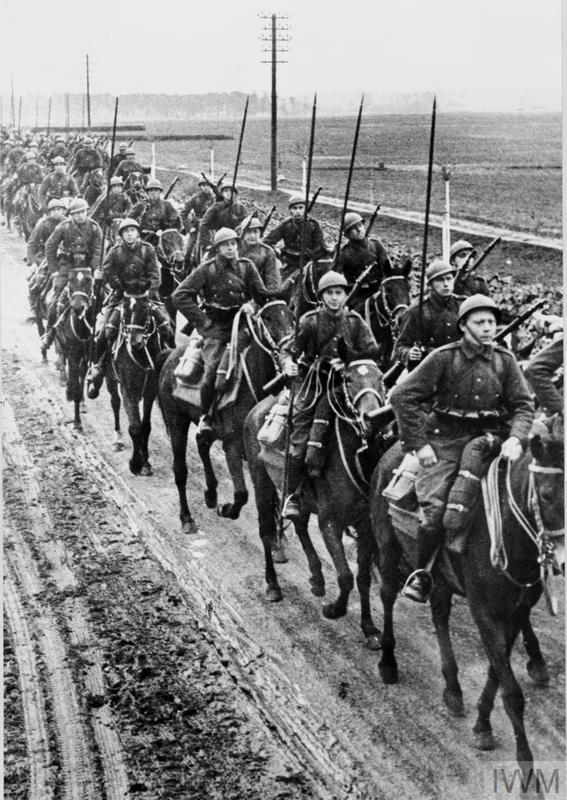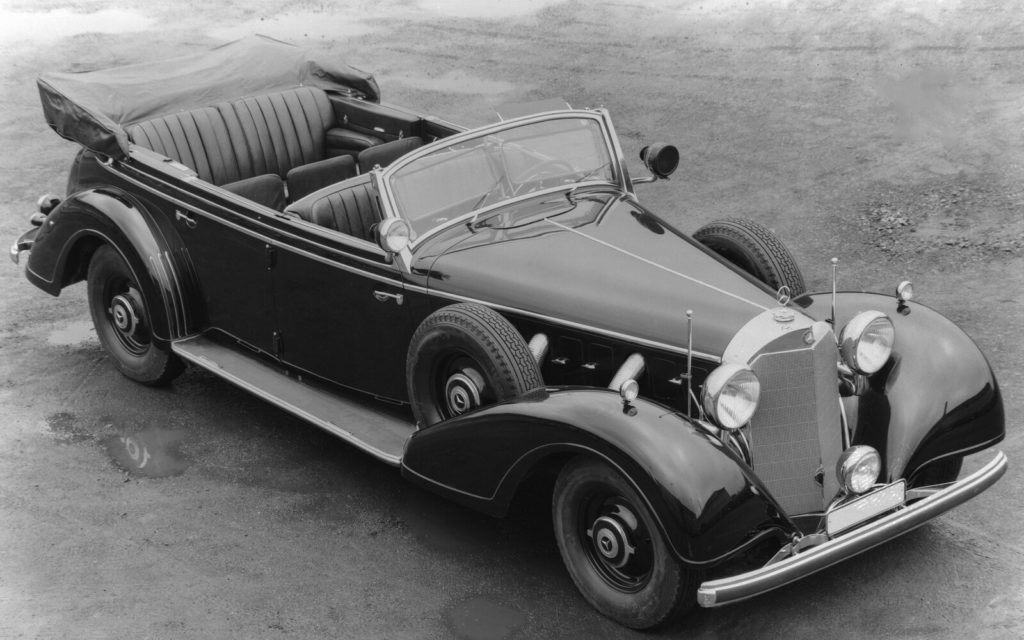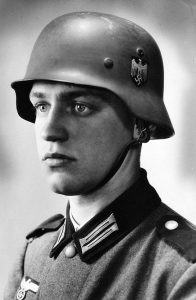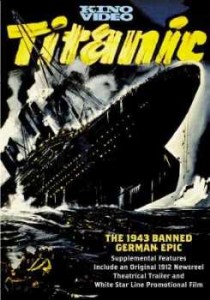OK. Here is another one of Mark’s bizarre history stories……It is very common for a story that started off as wartime propaganda to be remembered after the war is over as being true. Usually, people just believe their own government’s propaganda stories, but sometimes people wind up believing propaganda and lies that came from their enemies. Here are some completely untrue stories invented by the Nazis but that are widely believed to be true by Americans and Europeans today.
1. The German Language Vote. According to this myth, anti-British sentiment was so strong in the United States after the American Revolution that Congress voted on a bill to change the national language of the country from English to German and that it lost by one vote. This story has been repeated in countless books and magazine articles. I have met many Americans and even a few Germans who had heard this story and believed it was true. This story was started by the German American Bund in the 1930s. The story is absurd if you think about it. All of the original 13 colonies were founded by English immigrants. At the time of the American Revolution, very few Americans could speak German outside of Pennsylvania, and even in Pennsylvania, German speakers were a minority. So – why would Congress vote to change the language of the United States from English to German, a language which neither they nor their constituents could speak?
2. The Anti-Semitic Founding Fathers. According to this myth, the Founding Fathers of the United States were anti-Semites and that Benjamin Franklin tried to put a clause in the Constitution prohibiting Jews from immigrating to the United States. This story was started by the Silver Legion, another Nazi organization in the U.S. in the 1930s. None of the Founding Fathers had any religious prejudices. Religious tolerance was a fundamental principle of the new country. Many of the original 13 colonies were founded by unpopular religious minorities driven out of Europe. Benjamin Franklin was not antiSemitic. Franklin donated 5 English pounds (several hundred dollars in today’s money) to pay off the mortgage on Mikveh Israel, Philadelphia’s oldest synagogue, when it was about to be foreclosed upon.
3. The Polish Lancers. According to this myth, when Germany invaded Poland in 1939, the Poles attacked their tanks with lancers. A lancer is a cavalryman (a soldier on a horse) carrying a lance (a long pointed stick.) The Polish army did have cavalry at the start of World War 2 (as did many other European countries) and they did have lancers. However, the Poles did not attack German tanks with lances. This story was started by the German propaganda ministry. The Nazis promoted stories designed to make Poles look foolish because that fit into their racial theory, according to which, Poles are stupid, and who but a very stupid person would attack a tank with a pointed stick? As absurd as this story is, a lot of people believe it is true. I once had 2 Polish tenants who had heard this story, and they believed it was true, and they were grad students from Poland!

4. Nazi Efficiency. According to this myth, the economy of Nazi Germany was ruthlessly efficient. I think this is one of the world’s most dangerous myths. While the Nazis were certainly ruthless, their economy was incredibly inefficient. Incompetent Nazi party officials took positions of power throughout German industry. Graft, cronyism, and corruption were so rampant that the German economy was never really on a wartime footing. Throughout the war, German factories continued to produce luxury goods for the rich and powerful, products that weren’t being made anywhere else in the world. For example, Mercedes Benz continued to manufacture custom-made limousines until nearly the very end of the war. Below is a photo of a Grand Mercedes made in 1944 for a Nazi party official. Aircraft factories in Germany operated from 9 to 5 and were closed on weekends. In the United States, aircraft factories operated 24 hours a day. They never closed. Trains and airplanes badly needed by the German army were used throughout the war to transport luxury goods from occupied countries back to Germany, including champagne from France, lobsters from Norway, and stolen art from all over Europe. Railroad trains transporting Jews to death camps had the right-of-way over military supply trains heading for the front. The economies of Britain, the United States, the Soviet Union, and Japan were all far more efficient than that of Nazi Germany.




